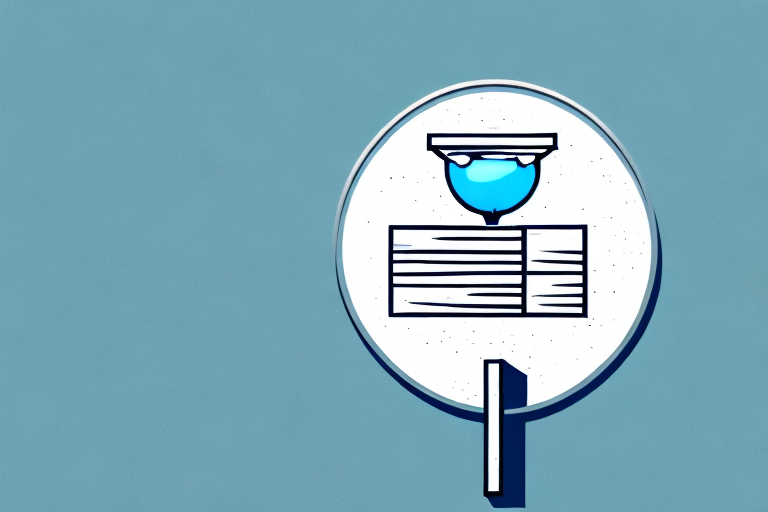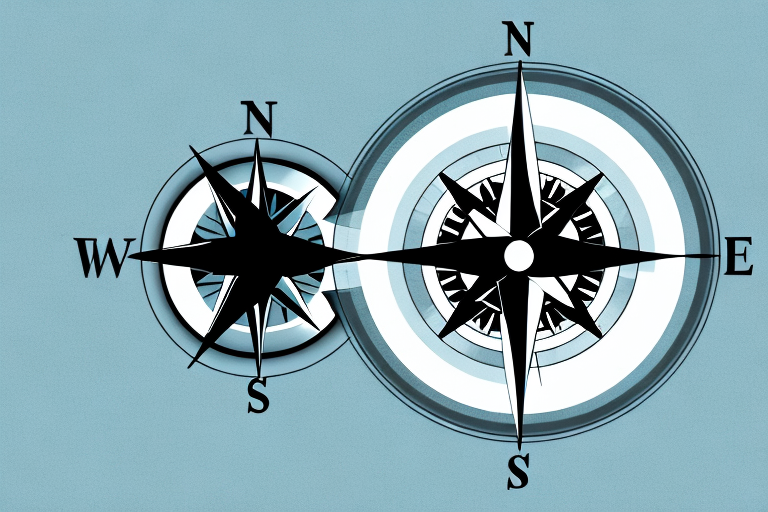Across Sydney, we’re finally starting to see people moving back into the inner-city apartments.
The latest data from CoreLogic show that over the past six months, the inner Sydney rental market had seen listings fall from 5348 to just 4092 and stock levels are now 10 per cent lower than the March 2020 level.
At the same time, renting an inner-city unit is now just $21 a week cheaper than it was in March last year. While, according to SQM, the vacancy rate in Sydney fell from 2.7% in September to 2.6% in October.
Generally, when rents start rising and vacancy rates fall, that can lead to prices following suit and drifting higher.
However, if you’re looking to invest in inner-city units I think it’s important to look beyond these simple metrics and take into account some other factors as well.
Scarcity
As investors, prices will rise if there is tight supply and strong demand. While demand might be rising, albeit from a low base, there is still plenty of supply in the inner-city areas. This factor alone is enough for most investors to avoid this type of location.
I like to invest in areas where supply is already low and the pipeline of anything new coming online is minimal. This is what we typically see in the Eastern Suburbs or places like the Northern Beaches.
Supply is just so tight that even during the worst of times, there is always a steady stream of buyers.
Smaller Buildings
Typically in the inner-city areas, you find large apartment buildings with hundreds of units. This alone is another example of there being no real scarcity.
If you purchase a property in a large apartment building, then you are at the mercy of all the other owners out there when the time comes to sell, or even if you need to get your property valued.
Let’s assume that an owner in one of these buildings needs a quick sale for personal reasons and they sell their property for a lot less than they should have. If you were to have your apartment in that same building valued, then this sale would weigh heavily on your property’s value.
Similarly, if you go to try and sell your property and there are another five on the market at the same time, not only are you going to have a hard time selling, but you’ll also struggle to get top dollar for it.
Contrast this to many of the smaller apartment buildings that you can get in the East of Sydney or Northern Beaches that might only have four units in the complex. These will sell far easier with plenty of demand.
Costs
Large apartment buildings might be very appealing because of all the extra things that come with them. Gyms, pools, spas, saunders etc are great, but at the end of the day, you’re still paying for them. Typically, these buildings will have high strata fees and if you’re an investor, you don’t even get to use them.
Smaller buildings might not have these amenities, but in many cases, you can find buildings that don’t even have strata fees. This can make a massive difference to your rental yield and if you’re buying into a blue-chip area, demand will be very high with or without or the extras.
Land Component
At the end of the day, land appreciates in value while buildings depreciate. Large inner-city buildings ultimately give you a very small land component compared to the building.
In smaller apartments, you’re actually getting quite a lot of land, which has significant value in blue-chip areas. Four apartments on 1000 sqm, is a far better equation, than 300 apartments on 4000sqm.
While it’s positive that people are heading back to the inner city, if you’re thinking about investing in those types of areas, it might be worth looking at better options and seek advice from the top buyers agent in Sydney.









